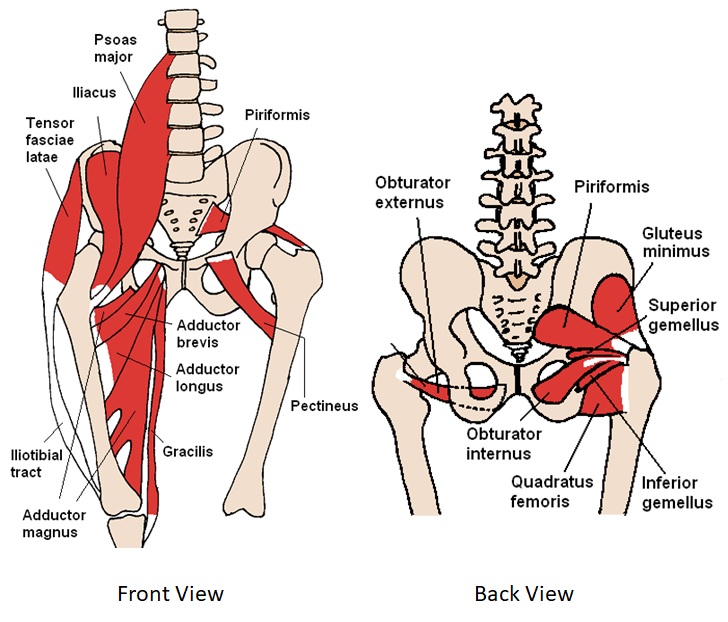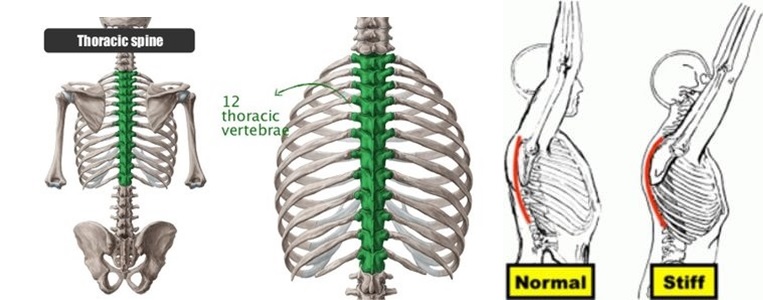Quick Mobility Drills
by Erik Castiglione
I recently received a question asking, “what’s the best mobility to do?” It’s a tough question to answer, because when it comes to mobility work, what we each need is highly individual based on our own movement deficiencies. If Person A has a solid front rack position, but their arms pitch forward when they lockout overhead, they’ll benefit from some targeted overhead work. Person B might have a crappy front rack position, but a solid overhead lockout, in which case they’d be the opposite. Furthermore, when we’re pressed for time, the best mobility work to do is something that will directly benefit our performance for the day. Is it a squat day? Focusing on the hips or posterior chain will give us the most bang for our buck.
With that caveat in mind, if I had to pick a handful of mobility drills from which everyone can benefit, it would be 1. Hip flexor drills and 2. T-spine drills. Our lifestyles have become increasingly sedentary in nature and involve more and more screen time. When we’re force to sit for long periods of time, we place ourselves in a position with shortened hip flexors. Over time, this becomes our default hip flexor position, which is not conducive to most of the exercises we perform. Additionally, when we spend a lot of time hunched over a computer or phone (or operating table, for that matter), we find ourselves in a rounded shoulder position, which contributes to a shortening of the pecs. This inevitably results in a poor overhead lockout position. As these are common issues for pretty much everyone, regular maintenance on both can go a long way to improving performance. So, let’s dive in:
Hip Flexors:

“Hip flexor” is a general term for six muscles involved in hip flexion, which is when your trunk and a leg move closer together. The psoas major is your primary hip flexor, and when most of us experience low back pain from extended periods of sitting, it’s likely because our psoas is jacked up – it inserts in our lower backs.
Here’s three exercises to help release your psoas:
No equipment: Hip Flexor stretch
Foam roller: Foam roll hip flexors
Kettlebell/softball/harder surface than foam roller: Hip Flexor Smash
Thoracic Spine:

Your “t-spine” is the portion of your spine to which your ribs connect. Essentially, it’s everything except your low back, and your neck. If your thoracic spine is healthy, your shoulder blades can move easily along it, resulting in proper shoulder movement. If your t-spine is unhealthy, you’ll likely have poor shoulder blade mobility, resulting in a poor overhead position. Fixing our t-spines is low hanging fruit when it comes to shoulder health.
Here’s three exercise to help improve your thoracic mobility:
No equipment: Thoracic Rotations
Foam roller: Self-Hug/Overhead Reach
Peanut: Self-Hug/Overhead Reach
As I mention in the first hip flexor video, the dose you use will depend on your goal and when you’re doing these drills. If they’re to prep for a workout, 1 minute is sufficient. It won’t give you lasting change, but it will be enough to get through your workout. If you’re trying to improve your tissues long term, 2 minutes is the minimum dose PER EXERCISE. If it’s a unilateral exercise (1 side at a time), that means it’s 2 minutes PER SIDE. If you can commit to that on a near daily basis, you’re going to see tremendous improvements in your mobility. If you need other suggestions or drills, please don’t hesitate to reach out. See you in the gym.
